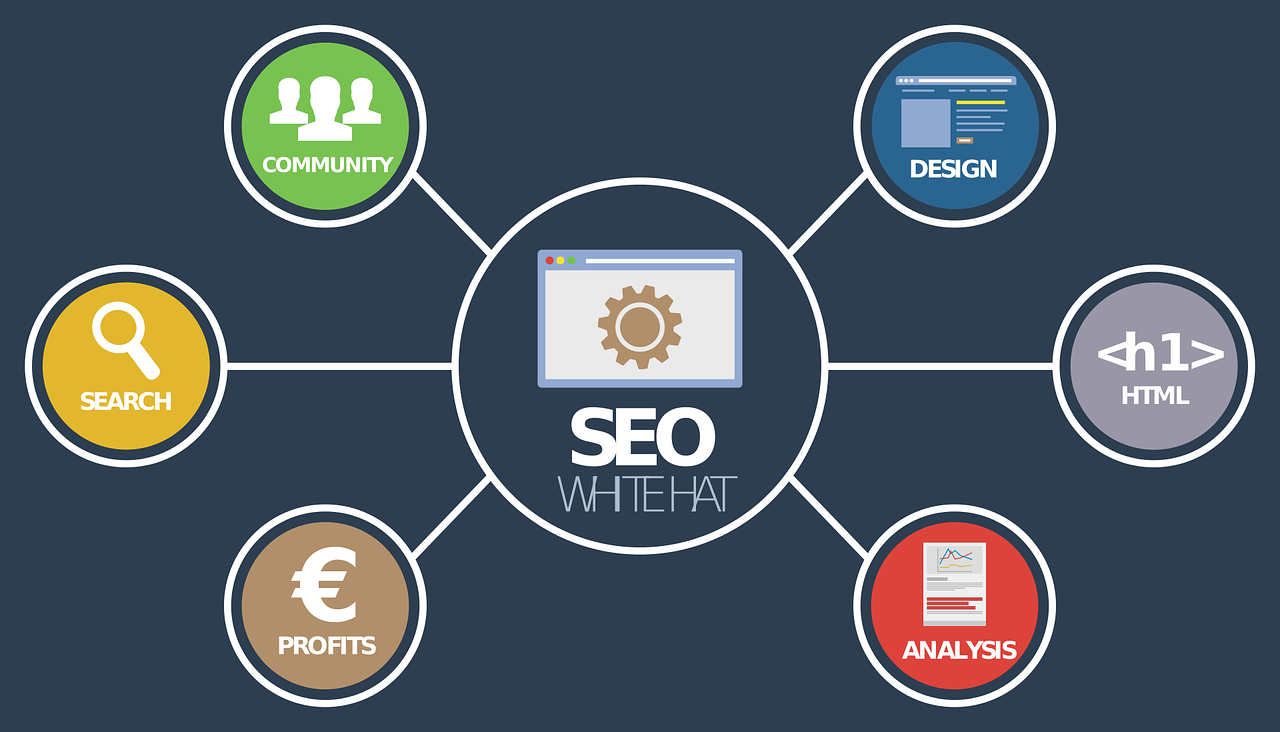How to Create an SEO strategy from scratch

An SEO strategy is a detailed document that explains what is being optimized, when, why and how, but there is more to a great SEO strategy than that. There needs to be a clear goal, as well as a clear understanding of what resources (people, time, money, etc.) you need. A holistic SEO strategy helps you understand what to prioritize.
In order to win a war, you need to know your opponent’s strengths and weaknesses. You also need to know what he wants. I think this is true.
What makes a good strategy?
Your strategy should have a clearly defined objective. It must include all the steps necessary to reach your objective. Every step has to be planned and executed with precision in order to ensure success. Your strategy will not work if it does not include these elements or if one of them is missing.
If you are looking for a good example, look no further than Horatio Nelson’s strategy. He knew exactly who his enemy was, where they were located, and what their objectives were. He also knew what the British navy needed.
In addition, he understood the importance of the different factors affecting each ship. This allowed him to use his limited resources effectively.
Technical components of an SEO strategy
The following paragraphs outline some technical requirements for a successful SEO strategy:
Keywords: Keywords are the words people type into search engines to find something online. They are often used by businesses to describe themselves or their products/services. The keyword density of a page affects its ranking in Google and other search engines.
Title tags: Title tags are short lines of text that appear at the top of web pages. These titles are seen by users as the first thing they see on the webpage.
Meta descriptions: Meta descriptions are usually displayed below title tags and contain information about the content of the page. Search engines use meta descriptions to display snippets of text on SERPs in order to help users decide whether to click on a link.
H1 tags: H1 tags are headers that appear above the main body of text. They are typically used to highlight important keywords.
Internal links: Internal linking refers to creating links between different parts of your website.
External links: External linking refers to creating links on third-party websites. These links are useful because they increase traffic to your site.
Content: Content is everything else besides the above four items. Good content includes photos, videos, infographics, and so forth. If a business has interesting content, then it could attract new visitors.
Backlinks: Backlinks are links pointing back to your website from other sites. Backlinks make up a large part of the algorithm used by most search engines to rank websites. You can look AppSumo to find some great lifetime deals on SEO tools
Social media: Social media can be very helpful in building your brand image and increasing traffic to your site. Some social media platforms like Instagram and LinkedIn allow direct messages, which means you can get real-time feedback from customers without having to post anything.
How do we build our SEO strategy?
There are many ways to approach building a sound SEO strategy. We recommend starting with a few key points. The following list outlines a couple of things to keep in mind:
Thesocialmediamonthly.com has a great resource describing how seo tools help you to build your SEO strategy.
Know your audience: Before you start working on your SEO strategy, you must first determine who your target audience is. Who are you trying to reach? What are their needs and wants? How can you best meet those needs?
Understand how search works: You need to understand how search engines work before you begin optimizing your site. Knowing this will help you avoid common mistakes such as overusing keywords and not knowing the difference between high-quality and low-quality content.
Know what makes money: Once you know your audience, you have an idea of what sells. From there, you can figure out what types of content perform well and what doesn’t.
Research competitors: It’s always a good idea to take a look at what your competition is doing. Researching them will give you ideas about areas to focus on when designing your own SEO strategy.
Use analytics tools: Analytics tools will show you how effective your efforts are. Use these data to evaluate any changes you make to your strategy. You can use SEMrush to find analytical data that would help you build a solid SEO strategy. There are SEMrush free trial available that you can take benefit of.
SEO stands for “Search Engine Optimization.” This term refers to techniques that optimize webpages, blogs, and other digital assets for the purpose of driving qualified traffic to them via search engine results. In simple terms, SEO helps ensure that your website is visible to search engines like Google, Bing, Yahoo!, etc., given certain criteria.
Why Is It Important To Have An SEO Strategy?
As you already know that SEO is an important marketing strategy that can give you some free but qualified leads.
Having an SEO strategy will help you keep ahead of your competitors who are already doing good with search engine optimization. More than that, you can track your progress and tailor your strategies according to that. Let me know if you already have an SEO strategy.



